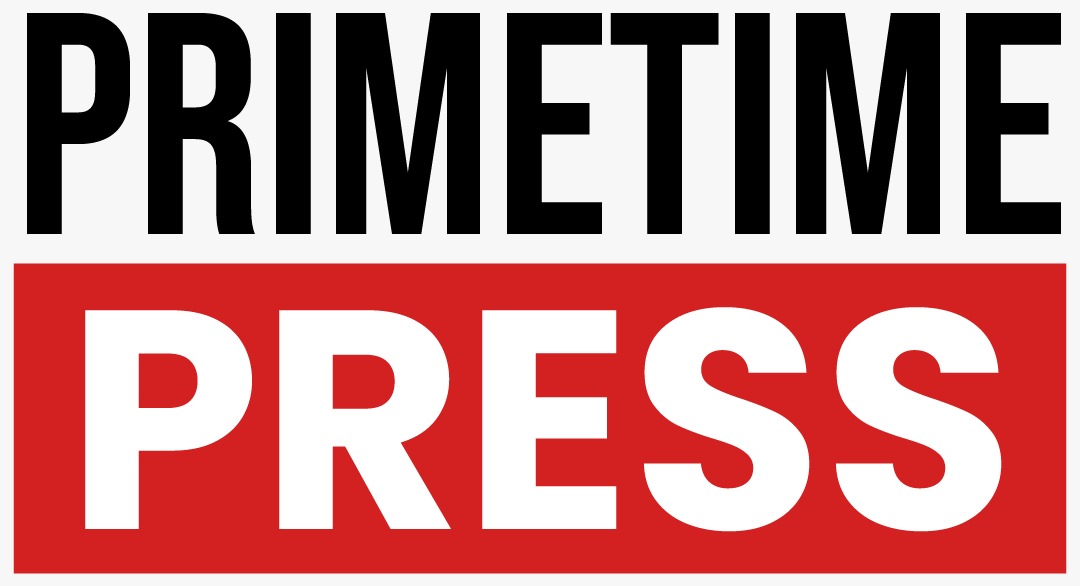China’s Economy Faces Challenges Amid U.S. Tariffs
Shenzhen, China has been bustling with activity as local economies navigate the complications arising from the U.S.-China trade dynamics. The escalation of tariffs imposed on Chinese goods has significantly altered the landscape for exporters, pressing them to adapt by focusing on domestic sales while risking deeper economic deflation.
The Shift to Domestic Markets
In response to the soaring tariffs, China is mobilizing its local governments and major corporations to redirect their export-focused products towards the domestic market. Companies such as JD.com and Tencent are taking active roles in promoting sales of these goods, particularly through e-commerce platforms. This pivot aims to cushion exporters against the adverse external economic conditions.
Government Initiatives and Economic Implications
Sheng Qiuping, Vice Minister of Commerce, has articulated the need for a coordinated approach to enhance consumer spending as a buffer for exporters during this turbulent period. However, Yingke Zhou, a senior economist at Barclays, has highlighted an unintended consequence of this strategy: an intense price war among Chinese businesses. Zhou noted that efforts to offload discounted goods from the U.S. market could erode profit margins, leading to potential employment challenges.
Economic Indicators Point to Downturn
Recent economic indicators reveal troubling trends for China’s economy. The Consumer Price Index (CPI) turned negative in early 2025, following a period of stagnation, while the Producer Price Index (PPI) has seen continuous declines. Forecasts from Morgan Stanley suggest deflation in wholesale prices will deepen further, posing risks to China’s economic stability.
Job Market and Export-Driven Employment
The ramifications of these tariffs are especially pronounced in the labor market. Analysts estimate that approximately 16 million jobs, translating to over 2% of the total workforce, are tied to goods headed for the U.S. market. The recent elimination of tariff exemptions on low-value shipments into the U.S. has compounded financial pressures for small and medium-sized enterprises, potentially pushing many towards insolvency and increasing urban unemployment rates beyond official targets.
The Role of Stimulus and Future Outlook
Amid these economic challenges, there are discussions on whether Beijing will utilize fiscal stimulus to address the downturn. As surging exports had previously mitigated the impact of a struggling property sector and consumer demand, there are concerns about the dual pressures from the current tariff structure and the existing domestic economic strains. Economists from various institutions are urging for more proactive measures from the Chinese government to support the economy.
Conclusion
In summary, the dual pressures of rising tariffs and weak domestic demand have left China’s economy in a precarious position. As government and businesses scramble to adapt to these new realities, the long-term implications for China’s industrial landscape and employment figures remain to be seen.

